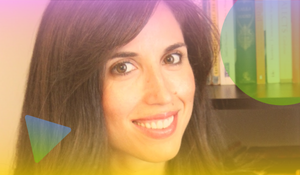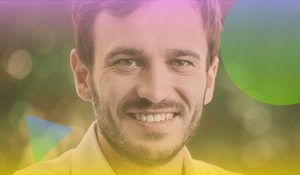What if citizenship were a choice rather than predestined? That questions lies at the heart of the Plumia mission to build a country on the internet.
When Sondre Rasch co-founded SafetyWing, he was solving the problem of health insurance for digital nomads. But he also had a deeper mission: to unlock wasted human potential by increasing people's global mobility rights.
In December 2020, Rasch and his team launched the Plumia project, an experiment to build a country on the internet. In the Q&A below, Rasch talks about SafetyWing, Plumia, the future of nation-states, and the future of passports.
Why was Plumia created?
We wanted to create the infrastructure for people living anywhere with the functions of a geographic country.
We saw the world change dramatically with the internet and, unfortunately, traditional systems and institutions have not kept up. Some have even become obsolete, primarily because those institutions were built alongside national borders that are no longer relevant because of technology.
We wanted to rally leaders from around the world to help solve this problem. The solution is a digital country that transcends national borders, so that citizenship is no longer something you're born with, but that you can choose.
What’s the goal of the Plumia mission?
We have three goals with the Plumia mission:
The first is to prepare for the coming of the first country on the internet. That means research because we’ve got to figure out how to build a good digital country.
The second is policy. To improve the environment that it will live in. It’s important that our relationship with “regular” countries is friendly and healthy.
The third is to build community around the project. To bring together a group of people who deeply care about the notion of global citizenship and want to be a part of building it.
What should an online country like Plumia do better than traditional nation-states?
An internet country has to be suited for the time we live in and for our current technological environment. It must also solve shared problems, particularly public goods problems, better than existing countries do. And it must be global – location independent – which is why it can’t exist in current countries that are bound by geography. All regular countries were created before computers.
What's the function of a Plumia passport? What will it provide to holders?
The passport is the most salient idea of a country, and it is actually very fundamental. What’s underneath a passport is identity – what it means to be a particular person. There are many things you can do when you are a person whose identity is confirmed with a passport.
The way people usually describe a “good” passport is one that gives the holder access to cross borders. Clearly, we want to make a good passport – one that can be used to access both countries and services.
And then there’s the digital identity part, which is different from a regular country. A country on the internet has to have a digital identity platform that also solves the problem of traversing the digital realm. This is an area other groups are working on and we’re exploring the potential to partner with them, so we’re not starting from scratch here.
Delivering a good passport is also a logistical challenge. Not only do you have to negotiate with countries for mobility but you also have to think about delivery logistics, the design of the passport itself, and the qualifiers that allow someone to sign up for the passport if it’s not given by birth.
What’s your five-year vision for Plumia?
If Plumia fulfills its mission, in five years it will give birth to the first country on the internet – country that provides a great sense of hope across the world, with equal opportunity and freedom for everyone. It’s something that will ultimately create a much better world.
How can people get involved?
To get involved with the Plumia project, join our community here.
Watch our full Q&A with Sondre Rasch:
Want to stay in touch?
- Subscribe to the Plumia newsletter to hear about our next post.
- Connect with Plumia on Twitter, LinkedIn and YouTube.




